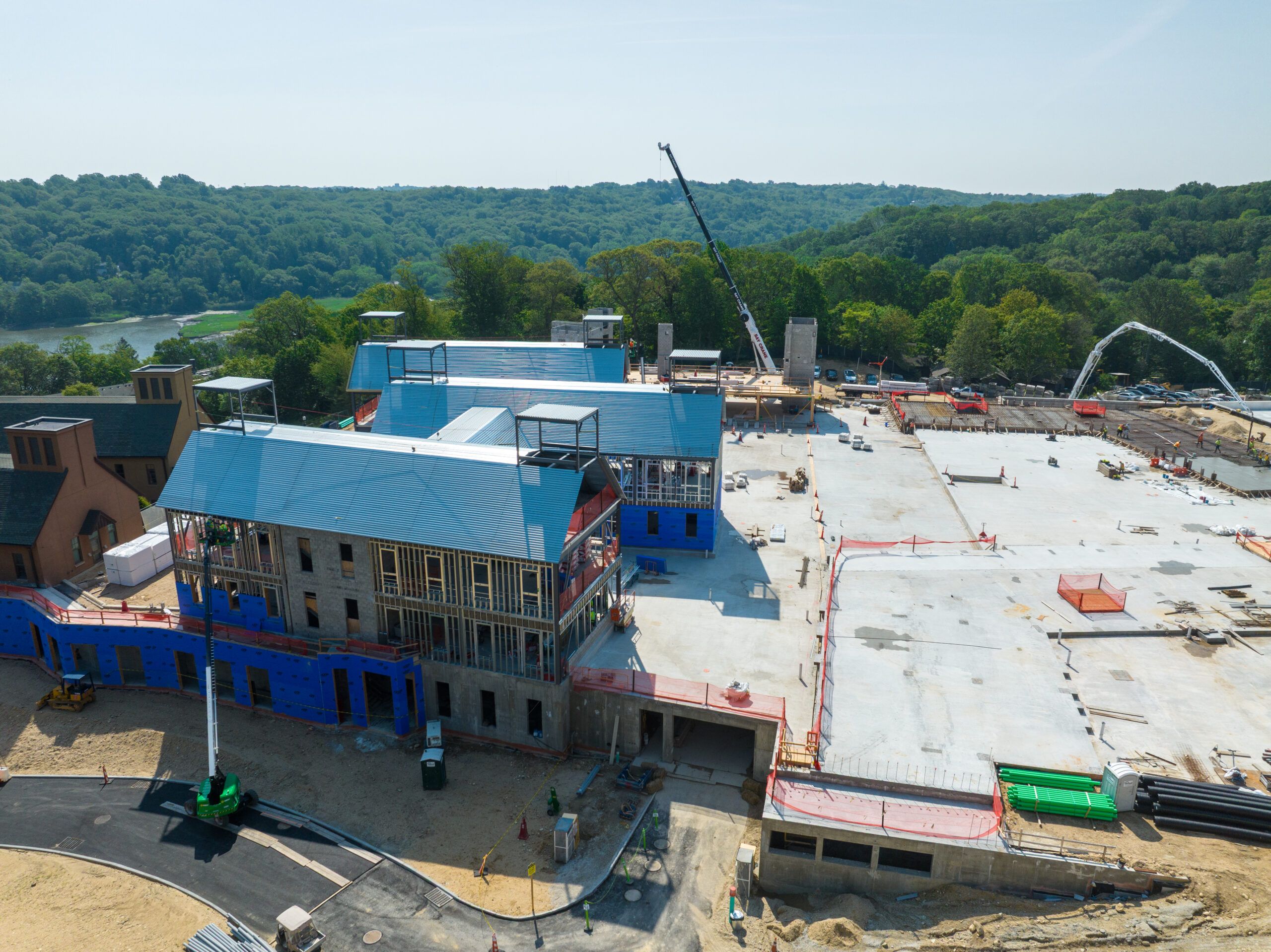In recent years, pest control experts have reported an increase in infestations in places once considered immune to such problems, including commercial buildings. Bed bugs, once associated almost exclusively with residential spaces and the hospitality industry, are now showing up in offices, retail spaces, healthcare facilities, and even newly constructed buildings. For business owners and facility managers, this trend signals a need for greater vigilance. Hiring a bed bug exterminator isn’t just for hotels anymore—it’s becoming an essential step in commercial property management.
Not Just a Hotel Problem Anymore
The traditional perception of bed bugs as a problem found only in budget motels or crowded apartment buildings is quickly becoming outdated. As urban centers like London grow and evolve, so too do the pests that live in them. Bed bugs are excellent hitchhikers. They cling to clothing, bags, and even furniture, making their way into workplaces through employees, visitors, delivery people, and vendors.
Offices, coworking spaces, and conference rooms provide plenty of hiding places—from upholstered chairs and cubicle dividers to breakroom sofas and storage areas. With a steady stream of people coming and going, these pests have ample opportunity to spread undetected. And once they’ve established themselves in a commercial space, eradicating them can be costly and time-consuming.
Why Bed Bugs Thrive in Commercial Spaces
Commercial buildings often have high foot traffic, especially those that serve the public or house large numbers of employees. This increases the chance of accidental introductions. Unlike residential spaces where residents may quickly notice bites or sightings, bed bugs in offices can go unnoticed for weeks or months. People may not suspect their itchy skin or rash is due to bed bugs picked up at work.
Another factor is the layout of commercial buildings. Open ceilings, shared ductwork, and interconnected walls create pathways for pests to travel between units, floors, or departments. If one suite in an office complex has bed bugs, there’s a chance they’ll migrate to neighboring areas if not addressed swiftly. Additionally, most commercial properties aren’t designed with pest prevention in mind. Cleaning services may be limited to surface-level maintenance, leaving hidden areas—such as underneath baseboards or behind furniture—untouched for extended periods.
The Risks for Businesses
While bed bugs are not known to spread disease, they do cause real issues for businesses. Employee morale can plummet when people realize their workplace may be infested with pests. Clients and visitors may have a negative impression of a company if they encounter bed bugs during meetings or site visits. For industries like healthcare, elder care, or retail, the reputational damage could be severe.
Financial costs can also add up quickly. Remediation may involve professional heat treatments, chemical applications, furniture disposal, and even temporary office closures. These disruptions lead to lost productivity and missed revenue, expenses that could often be avoided with early intervention and education.
Prevention and Early Detection
Preventing bed bugs in commercial buildings starts with awareness. Staff and facility teams should be trained to recognize signs of infestation—such as small reddish-brown bugs, dark specks (excrement), and shed skins—especially in furniture seams and corners. Encourage employees to report sightings immediately, and don’t dismiss complaints of bites or rashes without investigation.
Another smart move is partnering with a pest control professional who specializes in bed bug detection and treatment. Proactive inspections by a trusted bed bug exterminator can help detect infestations before they spread and become more severe. Many modern pest control companies also offer canine detection services, which utilize trained dogs to detect even small populations of bed bugs with impressive accuracy.
Construction and Renovation Considerations
Even newly built or recently renovated commercial spaces aren’t immune. Construction materials, staging furniture, or temporary offices may all harbor hidden pests. Workers moving between multiple job sites can unknowingly carry bed bugs with them. That’s why it’s essential to include pest prevention in pre-construction planning and final walkthroughs.
Builders and developers should collaborate with pest control experts during the final phase of a project to ensure the space is move-in ready, not just in appearance, but also in terms of hygiene and pest safety. Addressing the issue at the outset can save tenants and property owners from costly extermination work later on.
Conclusion
As urban environments continue to grow and evolve, so do the challenges that come with managing commercial spaces. Bed bugs are no longer confined to mattresses and hotel rooms—they’re creeping into boardrooms, breakrooms, and beyond. Business owners, property managers, and contractors must recognize the importance of proactive pest control as part of their facility management strategy. Working with a reputable bed bug exterminator ensures your commercial building remains not only functional and attractive but also safe and comfortable for everyone who steps inside.











